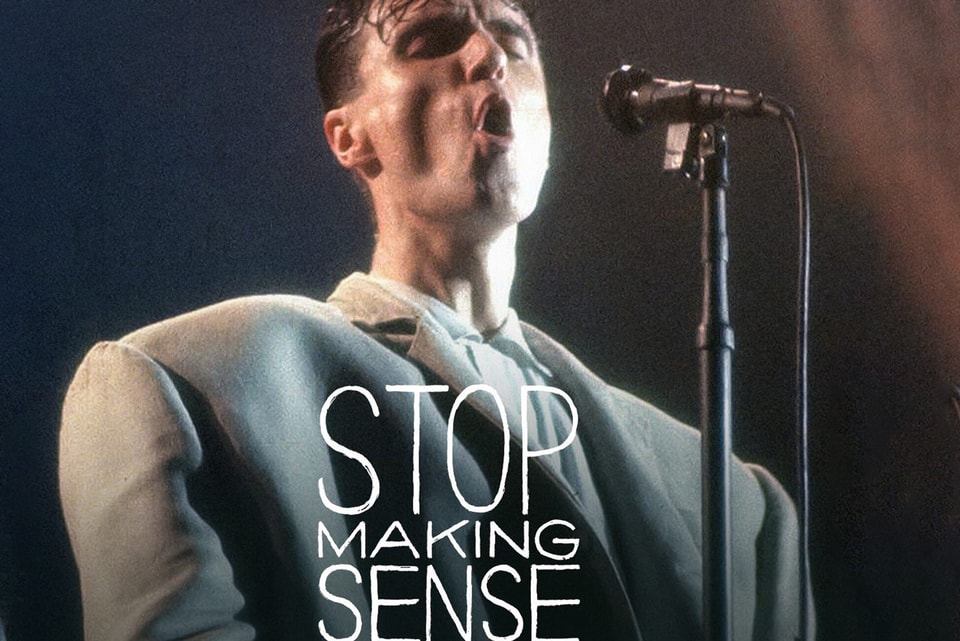I work for an Optometrist who prescribes the Shamir relax for quite a few twenty and thirty somethings. I have noticed the non-adapt rate to be fairly high, with patients preferring their previous single vision lenses. Has anyone had a high success rate with any of the anti-fatigue lenses? Maybe Eyezen?




 Reply With Quote
Reply With Quote









Bookmarks